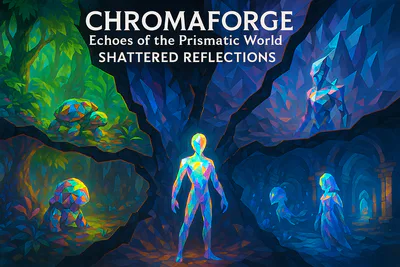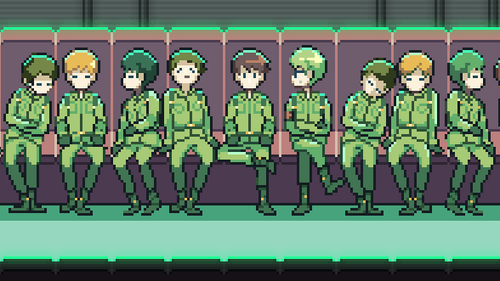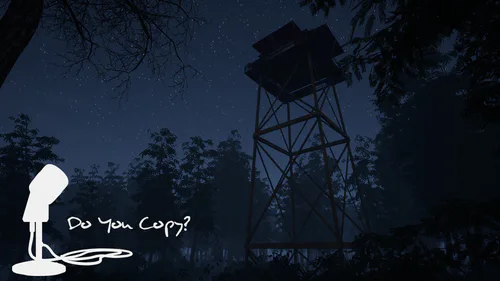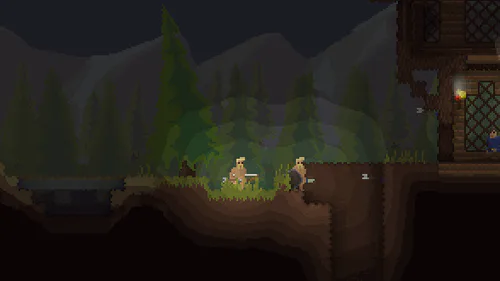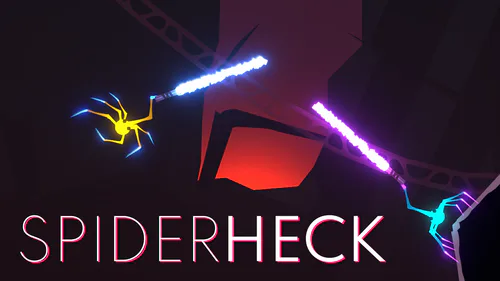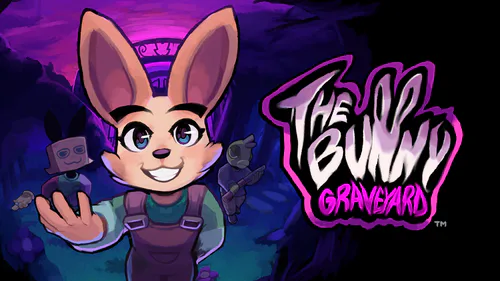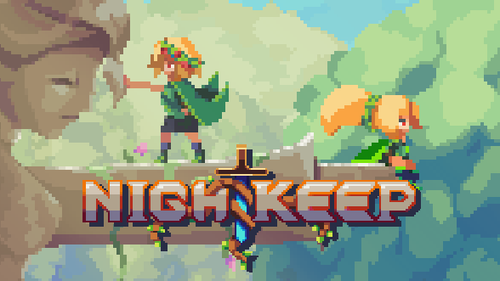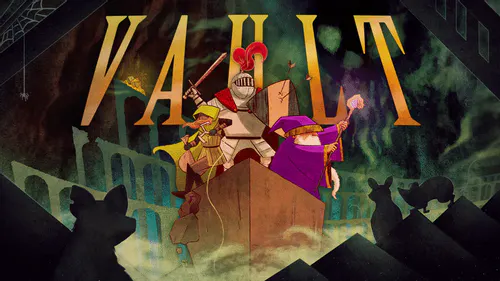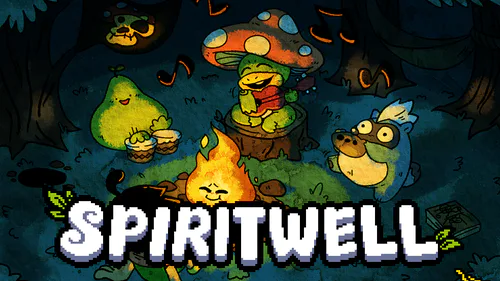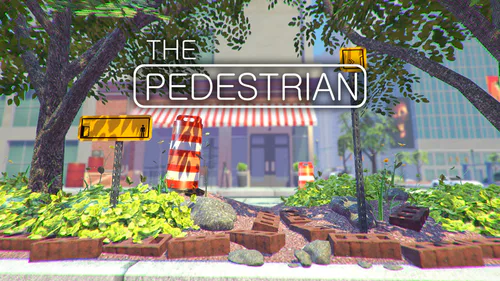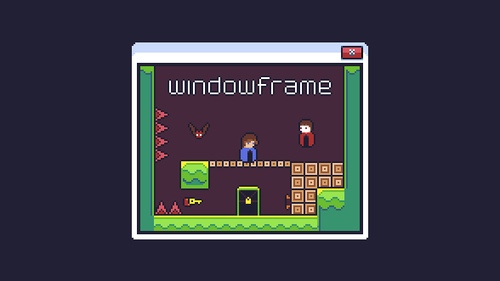
Comments

Chromaforge: Echoes of the Prismatic World - Shattered Reflections
Core Concept:
The "Prismatic Shading" remains, where every object, landscape feature, and character is defined by the way light refracts and reflects through it, revealing layers of vibrant, shifting colors.
New Sonic Prime Integration:
The "Great Desaturation" cataclysm wasn't just a fracturing of light; it was an event that shattered the very fabric of reality itself, creating "Shatterspaces". These are distinct, parallel dimensions, each with its own unique "Prismatic Shading" rules and, crucially, "Chromatic Variants" of the world and its inhabitants.
Setting:
The world is a shattered realm, with different biomes representing "Shatterspaces" influenced by the cataclysm:
The Verdant Spires (The Lush Dimension): Over-saturated jungles where plants glow with internal light. Here, "Chromatic Variants" of existing creatures are more vibrant and perhaps more docile, their light patterns complex and mesmerizing.
The Crystalline Wastes (The Angular Dimension): Arid, angular landscapes where light scatters intensely off giant crystal formations. "Chromatic Variants" here might be sharper, more aggressive, or even partially crystalline themselves, reflecting light in chaotic ways.
The Bioluminescent Deep (The Murky Dimension): Subterranean caverns and underwater zones lit by glowing flora and fauna. "Chromatic Variants" could be more spectral or elusive, their light signatures barely perceptible.
The Aetherial Archives (The Echoing Dimension): Ancient ruins where residual light patterns hint at advanced technology. This could be a "Shatterspace" where the echoes of the past are particularly strong, manifesting as visually distinct "Chromatic Variants" of historical figures or events.
Gameplay Loop:
Shatterspace Traversal: Players can now actively jump between these "Shatterspaces" at specific "Nexus Points" or using special "Prism Shards." Each jump drastically alters the visual appearance of the world, presenting the same environment with a completely different "Prismatic Shading" and color palette.
Chromatic Variants & Companions:
Throughout the game, the player character (a custom-created "Luminar," a being made of pure light) will encounter "Chromatic Variants" of themselves or other key NPCs. These aren't just cosmetic changes; they are distinct versions with unique abilities or perspectives born from their specific "Shatterspace."
For instance, in The Verdant Spires, you might encounter a "Lush Variant" of a friendly NPC who can manipulate plant growth for puzzles. In The Crystalline Wastes, you might find an "Angular Variant" who can shatter crystalline barriers.
Players can choose to "sync" with certain Chromatic Variants, temporarily taking on their visual form and gaining their unique abilities for a limited time or for specific puzzles. This would be a visually striking transformation, showing the player's model morphing and their "Prismatic Shading" shifting.
Perhaps there's a primary antagonist, a "Desaturated Abomination," who is a corrupted version of a powerful ancient Luminar, similar to how the Shard brought about new forms in Sonic Prime. This antagonist travels between Shatterspaces, seeking to drain the light from all of them.
Color Echoes & Shatterspace Synchronization:
Solving environmental puzzles now often requires "Shatterspace Synchronization." A puzzle in one Shatterspace might only reveal a partial "Color Echo." To fully understand and interact with it, the player might need to jump to a different Shatterspace where the "Echo" manifests differently, or where a "Chromatic Variant" has the necessary ability to fully perceive it.
Example: A light conduit in the Verdant Spires is blocked. Jumping to the Crystalline Wastes might reveal a specific crystal formation that refracts light in a way that unblocks it in the Verdant Spires.
4. The "Good Game" aspect:
Multiplied Visual Variety: The concept of "Shatterspaces" immediately multiplies the visual possibilities. The same assets are rendered in radically different, yet consistent, "Prismatic Shading" styles, offering immense visual replayability and awe.
Graphics as a Narrative Driver: The visual changes aren't just aesthetic; they tell the story of the shattered reality and the impact of the "Great Desaturation."
Player Choice & Visual Identity: The ability to "sync" with "Chromatic Variants" allows players to actively engage with the visual variations and utilize them for gameplay, directly experiencing the graphical transformations.
Dynamic Environments on a Macro Scale: Instead of just dynamic lighting within a single world, you have dynamic worlds themselves, each with its own unique visual signature.
#action #adventure #rpg #platformer #scifi #survival #strategy #undertale #puzzle
